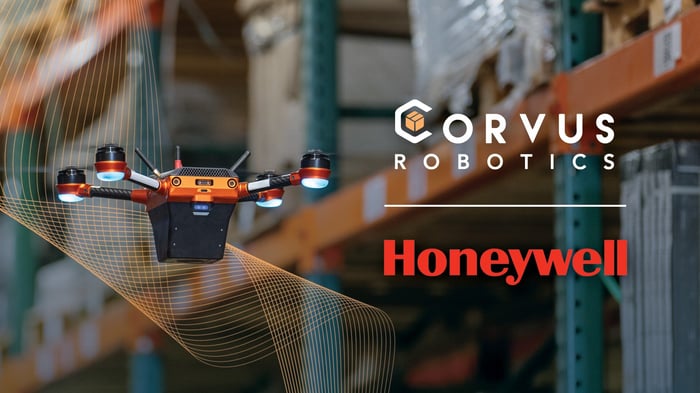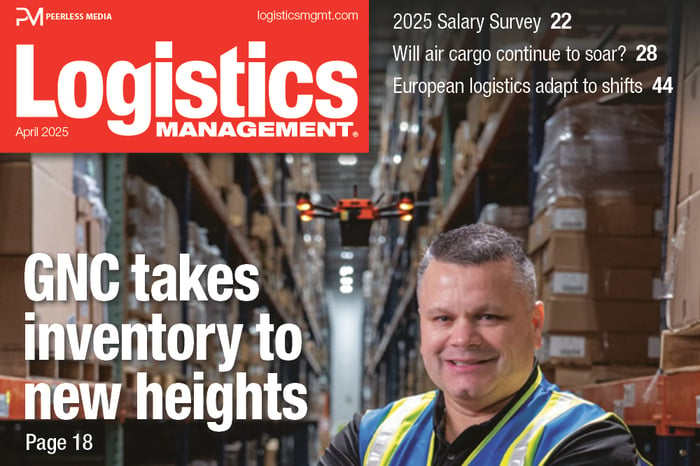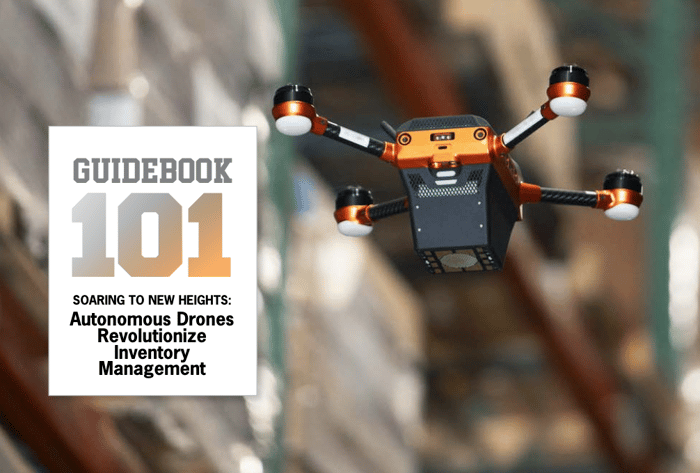Case Study
How LAPP Rebuilt Its Inventory Process with Autonomous Drones
The Challenges
When LAPP consolidated operations into its 134,000 sq. ft. facility in Brownsburg, Indiana, keeping up with inventory became a daily struggle. The process was labor-intensive, time-consuming, and directly impacted customer service.Key challenges included:
- Limited Coverage – Manual cycle counts only covered the warehouse twice per year
- High Labor Demand – 12.5% of the workforce dedicated to inventory counts, pulling staff from picking and manufacturing
- Inconsistencies – Misplaced or mislabeled reels required extra searching and reconciliation
- Customer Impact – These inefficiencies slowed down order processing and made it harder to ensure on-time deliveries
The Corvus Solution
-
Corvus One™ flies nightly missions, scanning racks and capturing images of pallet locations. By morning, the inventory team has a complete, accurate report that flags discrepancies like misplaced or mislabeled reels. This automated workflow has replaced a manual, time-consuming cycle counting process with a streamlined inventory monitoring system that lowers labor costs while improving accuracy and operational efficiency.
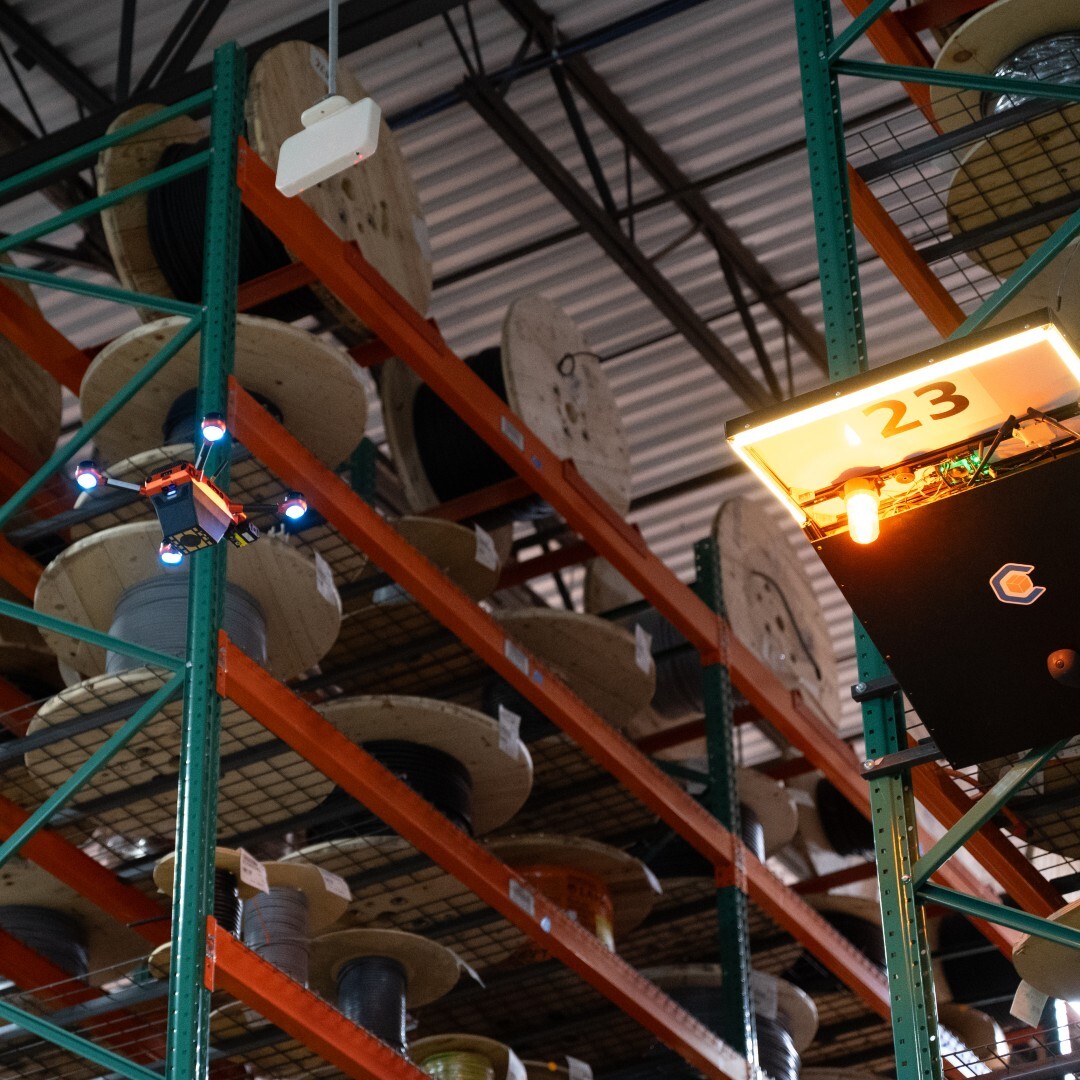
Corvus One’s embodied AI allows it to perceive, navigate, and scan LAPP’s warehouse without manual oversight.
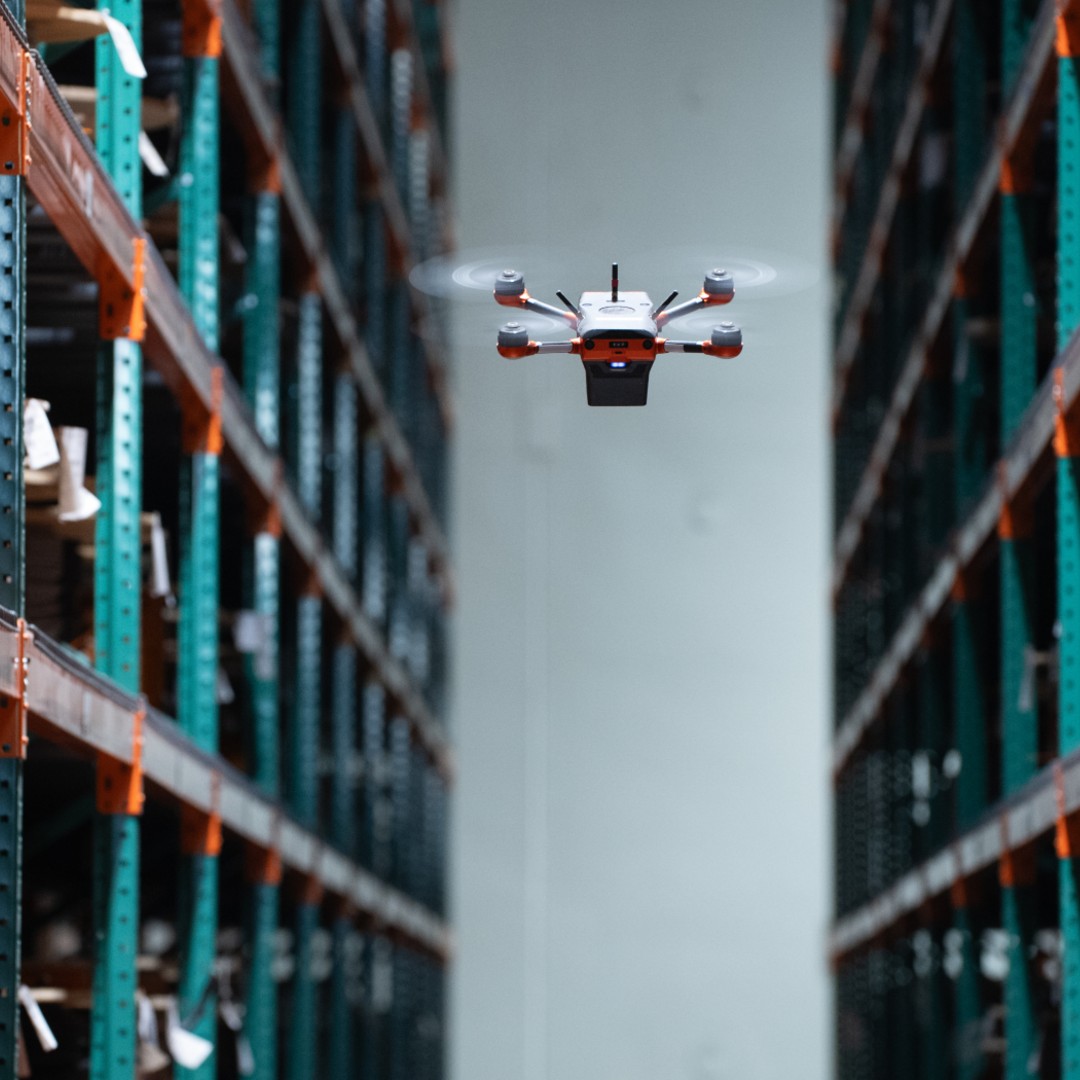
With nightly reports and location images from Corvus One, LAPP can spot and fix issues before they impact fulfillment.
The Impact
-
13x More Coverage – Inventory counts increased from two per year to 26 per year, giving LAPP faster detection of errors that could affect shipments.
-
60% Labor Savings – Inventory staff reduced to two associates, with associates redeployed to support picking and manufacturing, directly speeding up order fulfillment.
-
Zero Overtime – Weekend cycle counting eliminated, allowing teams to focus on weekday operations and on-time customer deliveries.
-
Higher Accuracy – Automated discrepancy reports highlight mislabeled, misplaced, or missing reels for quick resolution, preventing errors from reaching customers.
-
Improved SOPs – Drone scans exposed label placement inconsistencies, helping LAPP standardize practices and improve accuracy across the warehouse.
What LAPP Says
Getting the inventory in, in real-time, seeing where it is, and being able to allocate it right away to the customer is a tremendous benefit for us.
Jason Beltran
Facility Manager
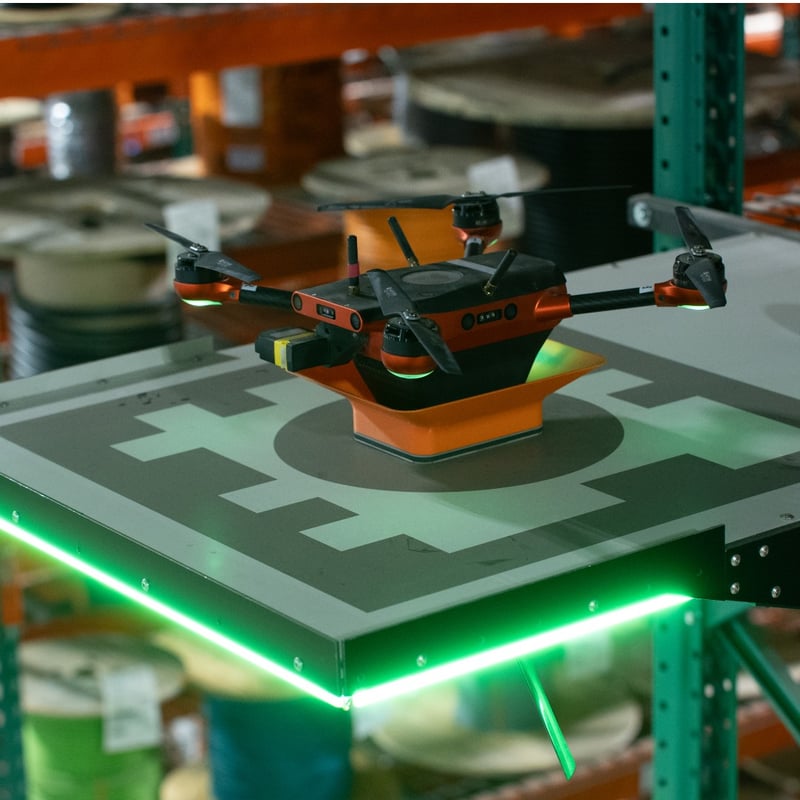
The Technology
Corvus One is built for real-world warehouses:
-
Embodied AI enables autonomous operation in GPS-denied environments
-
Computer Vision detects barcodes, labels, and rack positions at scale
-
Machine Learning improves scan accuracy and identifies discrepancies over time
-
Fully Autonomous Missions mean zero piloting, zero infrastructure changes, and zero disruption to daily operations
This design means LAPP doesn’t just save labor—it gains reliable visibility that keeps orders flowing, reduces the chance of errors reaching customers, and strengthens supply chain performance end to end.
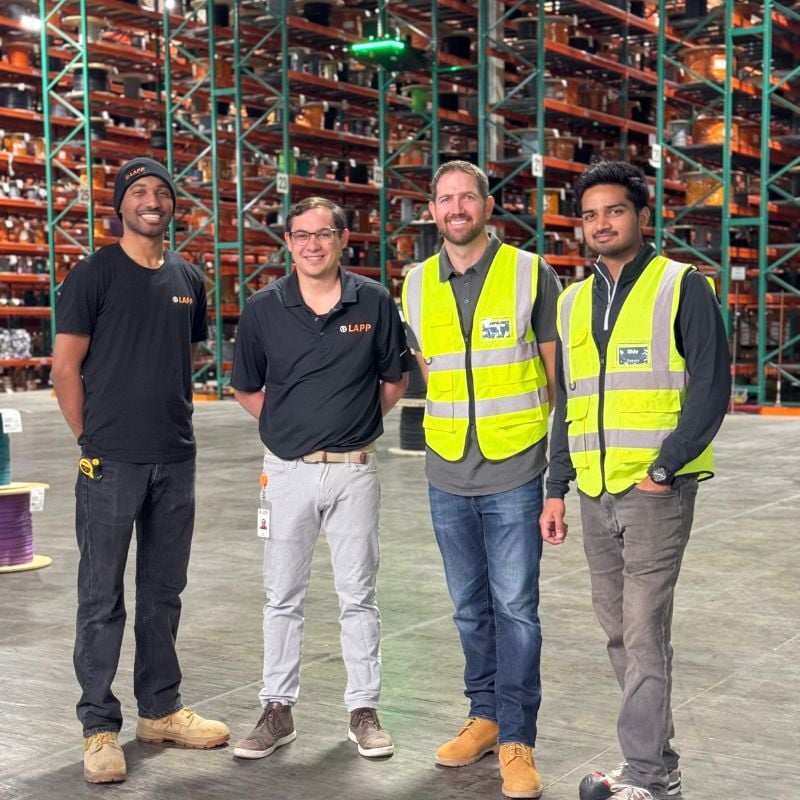
The Takeaway
For LAPP USA, Corvus One turned a labor-intensive, error-prone process into a nightly automated workflow that provides reliable visibility, reduces costs, and improves customer service.
For the supply chain industry, it’s another proof point that AI drones can deliver immediate, measurable ROI while improving the accuracy and speed customers depend on.
Request Exclusive Site Assessment
LAPP USA products are proven to stand up to the most extreme conditions found in today’s industrial environment – vibration, temperature, oil, water, corrosion and wash-downs.
They are used throughout the world in automotive plants, machine tools, instrumentation, medical electronics, telecommunications, robotics, industrial automation, transportation, general industrial control systems, and many more applications.
Insights & Resources
